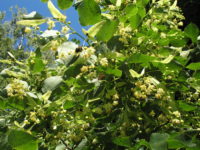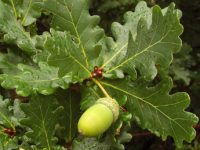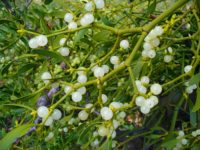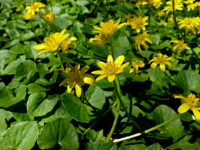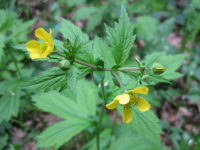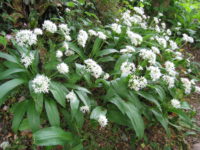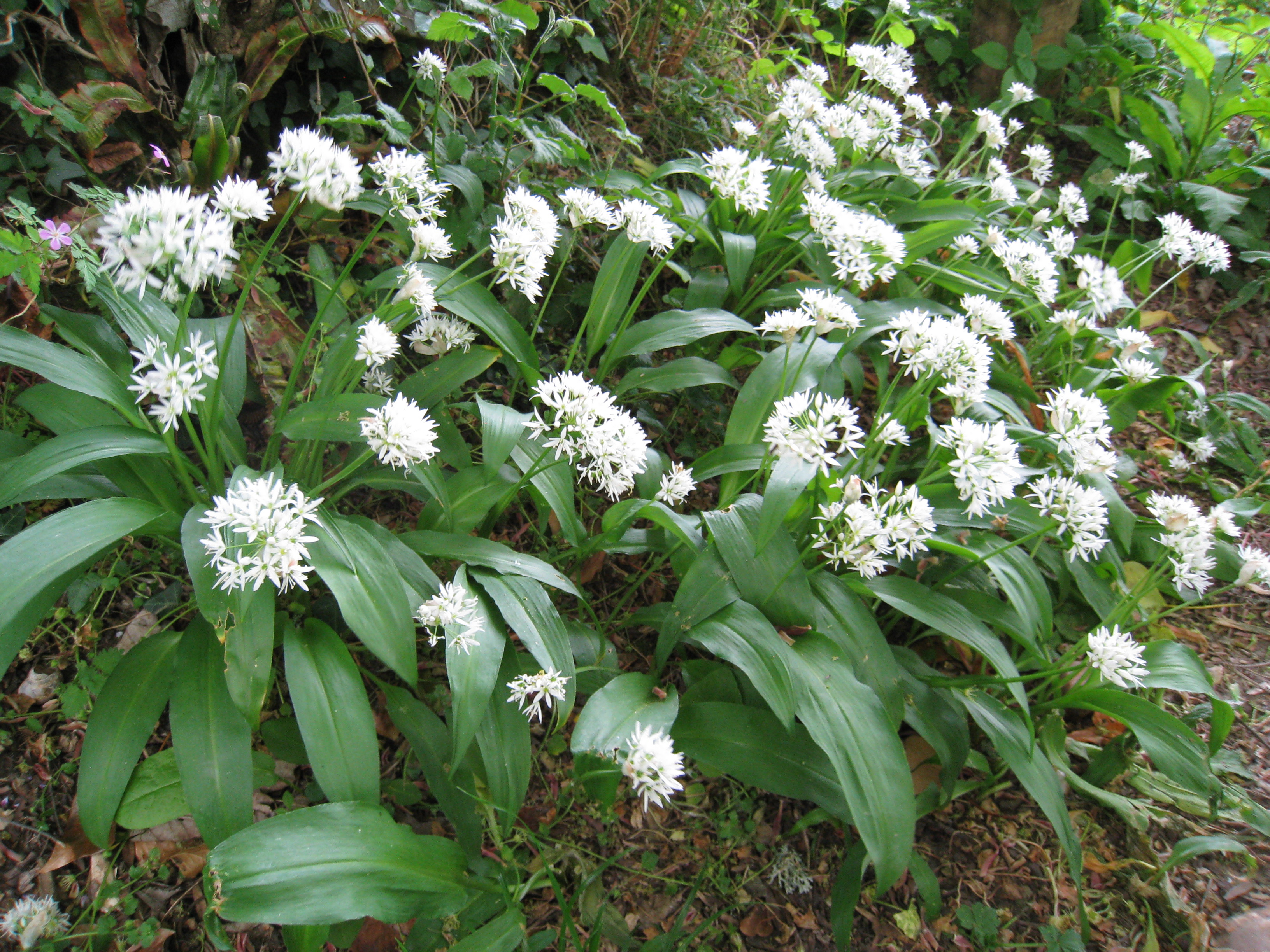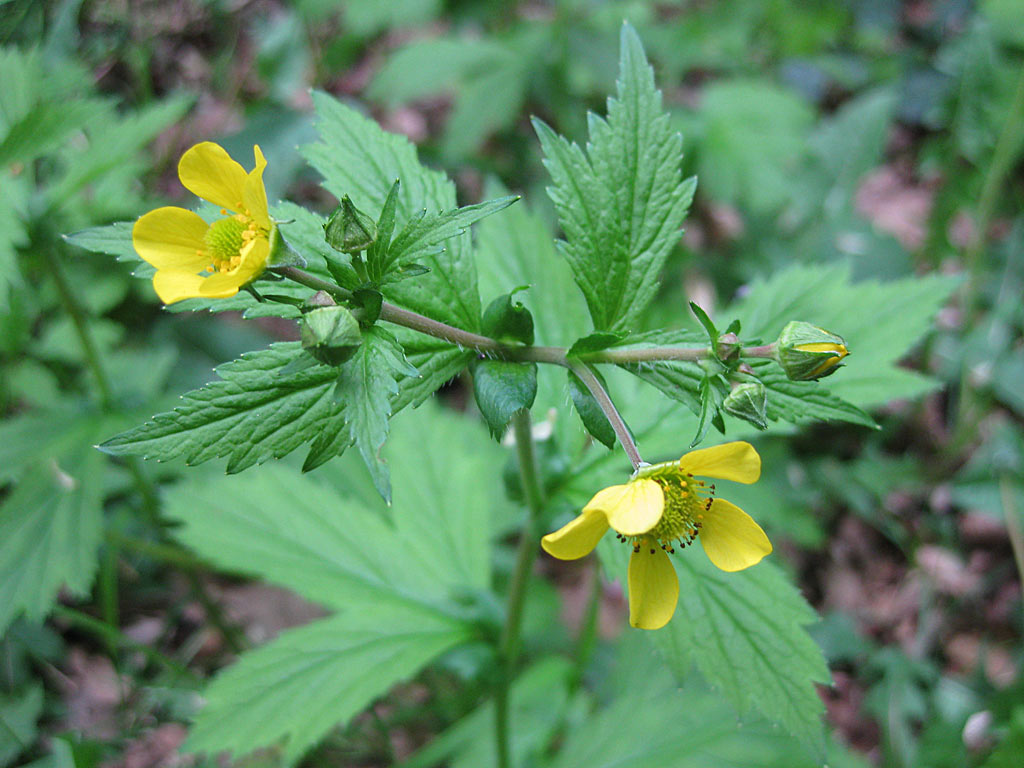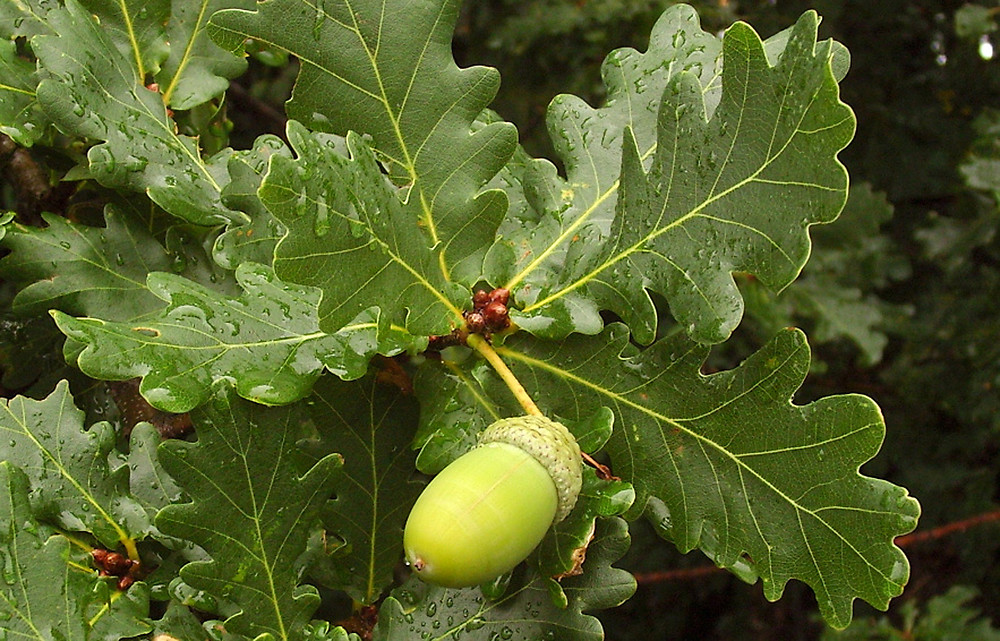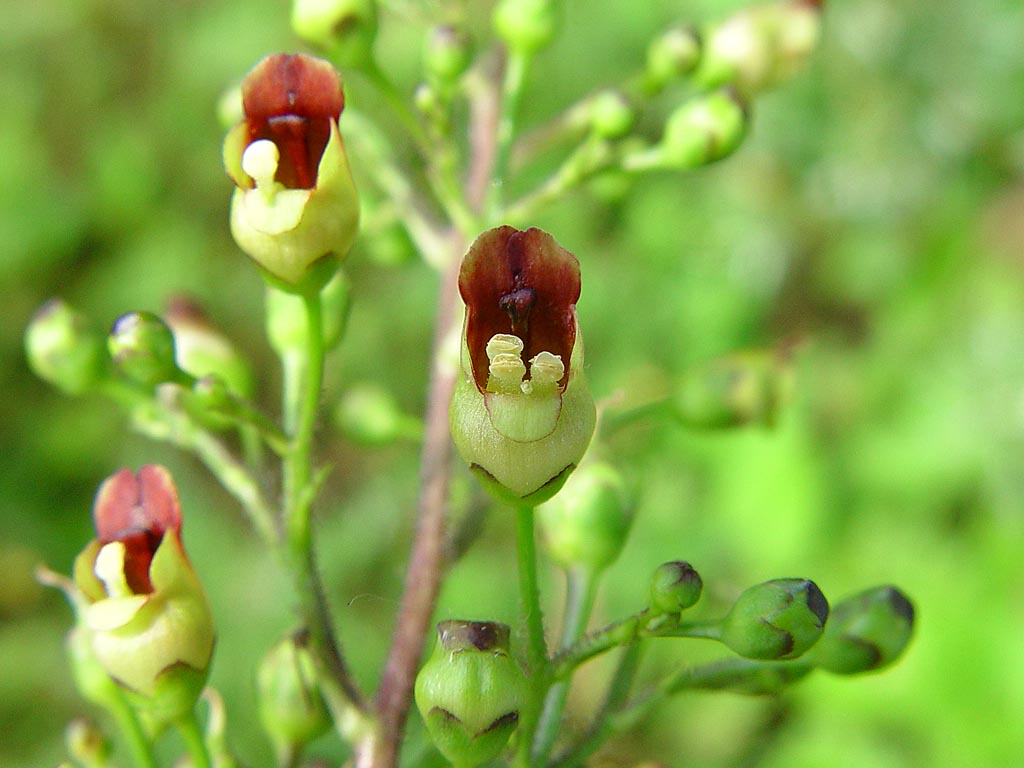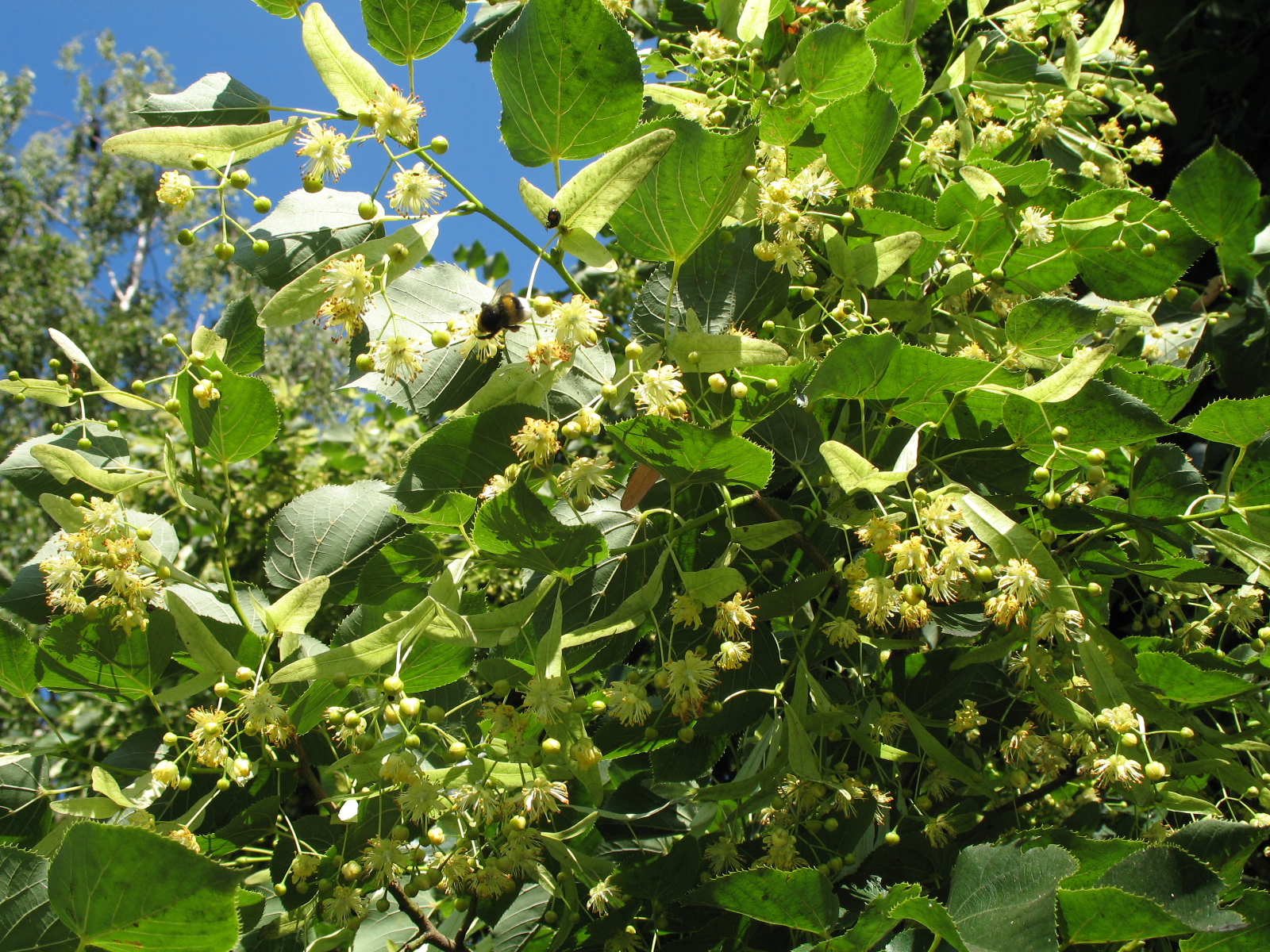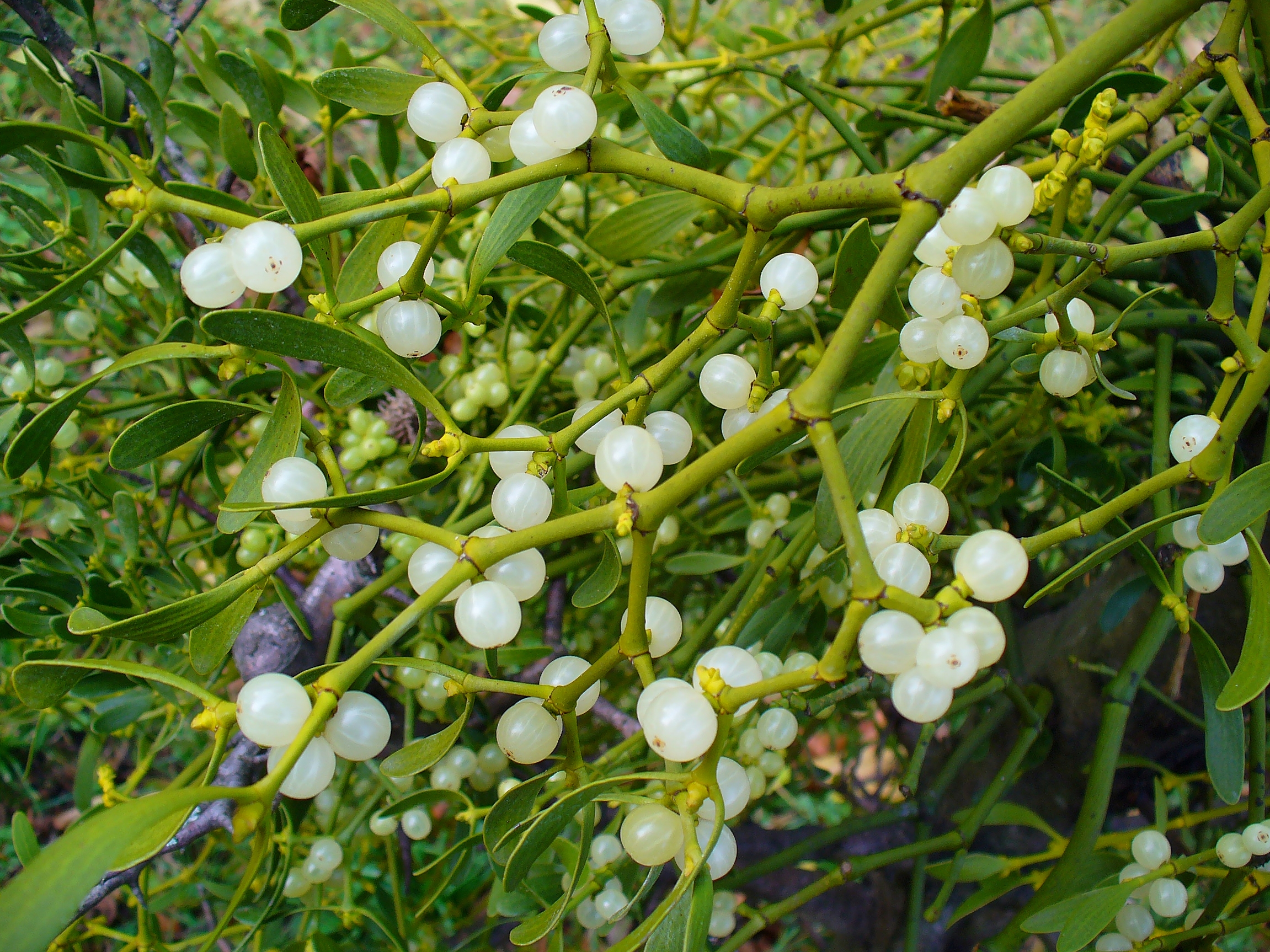Wild herbs offer a gentle, safe, and effective alternative to conventional remedies and often benefit you in more ways than one. What’s even better is that most of these medicinal wild herbs can often be found in your back garden, so you don’t have to go far to find what you need to make your own concoction.
1. Horse Chestnut
The horse chestnut is an elegant, ornamental tree often grown in parks and gardens. It is well known for its shiny, brown seeds or ‘conkers’, which children like to play with. When the seed is ground and mixed with water, the saponins it contains makes a soapy foam, which was traditionally used to wash clothes. The seed is also rich in tannins, and the combination of these constituents is tonic for the veins. It will tighten up weak venous walls and valves, reducing the size of varicose veins in the legs and also in piles.
Scientific name: Aesculus hippocastanum
Where to look: It is widely cultivated in parks and garden around Europe and also found growing wild in meadows and woodland.
When to look: The leaves open in April, flowers appear in May, and it drops the ‘conkers’ in September.
What to harvest: The bark, leaves, and conkers.
What is is good for: Haemorrhoids also known as pikes and varicose veins.
For more information, check out Herb Wisdom.
2. Wild Garlic
Carpeting woodland and shaded groves in early spring, wild garlic has been a traditional pot herb for hundreds of years. It is said that when the devil followed man from the Garden of Eden garlic grew where he put his right foot and onion where he put his left one.
Scientific name: Allium ursinum
Where to look: Wild garlic likes damp soil and grows in shaded copses, banks, hedgerows, and woodland.
When to look: The leaves and flowers appear from March to May. Harvest the bulbs in autumn or early spring.
What to harvest: The leaves, flowers, and bulb.
What is it good for: Boils, cold sores, cramp, earache, flu, fungal infections, infection, worms, high blood pressure, sore throat, conjunctivitis, sinusitis, bronchitis, and high cholesterol.
For more information, check out Wild Seed.
3. Wood Avens
Wood avens was considered a very holy plant because the leaves are trifoliate and are therefore thought to represent the Trinity, while the five petals of the flowers were taken to represent the five wounds of Christ. The plant was also thought to protect against evil when worn as an amulet.
Scientific name: Geum urbanum
Where to look: It grows throughout Europe in woodland, shady hedgerows, and on damp, grassy banks.
When to look: You may find wood avens growing all year round in milder climates. It flowers from May to September.
What to harvest: The root in early spring, at the beginning of the growing season, or in the autumn when the plant has died back.
What is it good for: Gums and teeth, mouth ulcers, sore throat, fungal infections, diarrhoea, and irritable bowel syndrome.
For more information, check out Botanical.
4. Oak
Oak trees live for centuries and there are records of specific trees living for well over a thousand years. The wood is extremely hard and durable, making it highly prized for building. The bark is used for its astringent properties owing to the high tannin content.
Scientific name: Quercus robur
Where to look: Oak grows in fields, woodland, and parks.
When to look for it: It is a deciduous tree. In spring, look for boughs from young trees that have been snapped off in a storm.
What to harvest: The bark from younger trees.
What is it good for: Gums and teeth, sore throat, bleeding, piles, nosebleed, and varicose veins.
For more information, check out Woodland Trust.
5. Pilewort
Pilewort carpets woodlands with yellow, star-like blooms in early spring. If you carefully uproot a plant, it shows you very clearly what it is used for, as it has little ‘piles’ on its bottom.
Scientific name: Ranunculus ficaria
Where to look: In moist, shady places: woodland, hedgerows, sheltered banks, and meadows.
When to look for it: The plant grows from February to May and then dies back until the following spring.
What to harvest: The whole plant, roots, and tops.
What is it good for: Piles.
For more information, check out Plantlife.
6. Figwort
Figwort was traditionally used as a poultice for the skin, and herbalists continue to use it for skin diseas today. It is a blood cleanser and wound healer.
Scientific name: Scrophularia nodosa
Where to look: It grows in damp and shaded ground by footpaths, on woodland banks, and in damp hedgerows.
When to look for it: Figwort grows from March to September and flowers from July to September.
What to harvest: The whole flowering plant.
What is it good for: Boils and psoriasis.
For more information, check out Woodlands.
7. Lime
This beautiful tree is found throughout Europe. The scent of the flowers attracts bees and hoverflies, and the sweet heavy smell of the flowers fills the air when you are walking underneath one.
Scientific name: Tilia spp.
Where to look: Lime trees are found in parks, gardens, woodland, and meadows.
When to look for it: It flowers in July.
What to harvest: The whole flowers, bracts, and blossoms.
What is it good for: Coughs, sore throat, chilblains, varicose veins, fever, anxiety and stress, insomnia, high blood pressure, and restless leg syndrome.
For more information, check out Forestry Commission.
8. Mistletoe
Sacred to the Druids as the plant that would heal all ills, tradition states that mistletoe was cut with a golden sickle in an annual ceremony and a sprig was distributed to all the people watching.
Scientific name: Viscum album
Where to look: Mistletoe is a parasitic plant and most commonly grows in old apple orchards, but is also found growing in oak, ash, hawthorn, lime, and larch trees.
When to look for it: In deciduous trees, from November to April when the trees have no leaves and the green ball of mistletoe is easily visible.
What to harvest: The stems and leaves. The berries are poisonous.
What is it good for: High blood pressure, headache, and migraine.
For more information, check out Kew.


